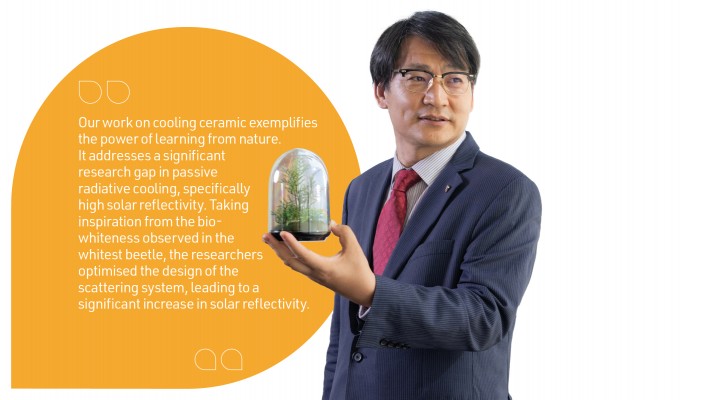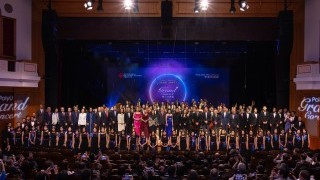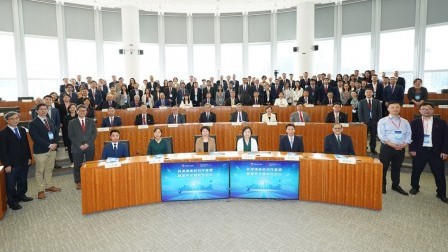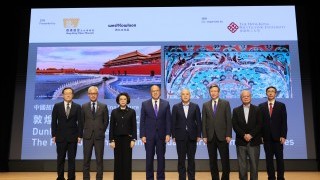From beetles to innovation: nature's inspiration fuels materials advancement
Professor Wang Zuankai
Associate Vice President (Research and Innovation)
Chair Professor of Nature-Inspired Engineering, Department of Mechanical Engineering
Innovation often stems from nature's brilliance. Professor Wang Zuankai, Associate Vice President (Research and Innovation) and Chair Professor of Nature-Inspired Engineering, and his research team have tapped into this boundless source of inspiration to develop a groundbreaking cooling solution. His recently published research on a passive radiative cooling ceramic (cooling ceramic), titled "Hierarchically structured passive radiative cooling ceramic with high solar reflectivity" in the journal Science, showcases the successful translation of a novel discovery into a realworld application for sustainability.
Achieving 99.6% solar reflectivity
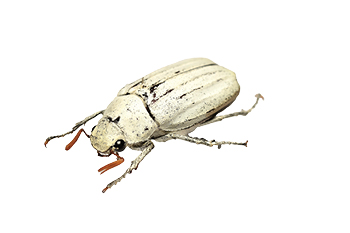
Co-authored with Professor Christopher Chao, Vice President (Research and Innovation) and Chair Professor of Thermal and Environmental Engineering, and in collaboration with researchers from the City University of Hong Kong, Professor Wang's team has successfully developed a cooling ceramic that achieves highly efficient light scattering and a near-perfect solar reflectivity of 99.6%. This innovative material demonstrates promising energy-saving potential by reducing the cooling demand of indoor environments while maintaining weather resistance and high mechanical strength.
The inspiration for this breakthrough came from the intricate biological structure of Cyphochilus, the whitest known beetle. By investigating the scattering system found in the beetle's scales, the research team engineered a hierarchically porous structure for the cooling ceramic. This natureinspired system is easily fabricated and boosts excellent daytime cooling performance, thereby reducing energy consumption for indoor cooling.
First-time investigation into the Leidenfrost effect
It is the first time that the Leidenfrost effect has been investigated within the realm of passive radiative cooling materials. The cooling ceramic’s ingenuity lies in its ability to achieve multiple functionalities through simple fabrication and manipulation. Its key features, including high weather resistance, mechanical robustness, the ability to depress the Leidenfrost effect, favourable recyclability, and its colour, contribute to its practical applications in diverse scenarios and building constructions. With its suitability for commercialisation and long-term outdoor applications, it also possesses advantages in terms of cost-effectiveness, durability, and versatility.



